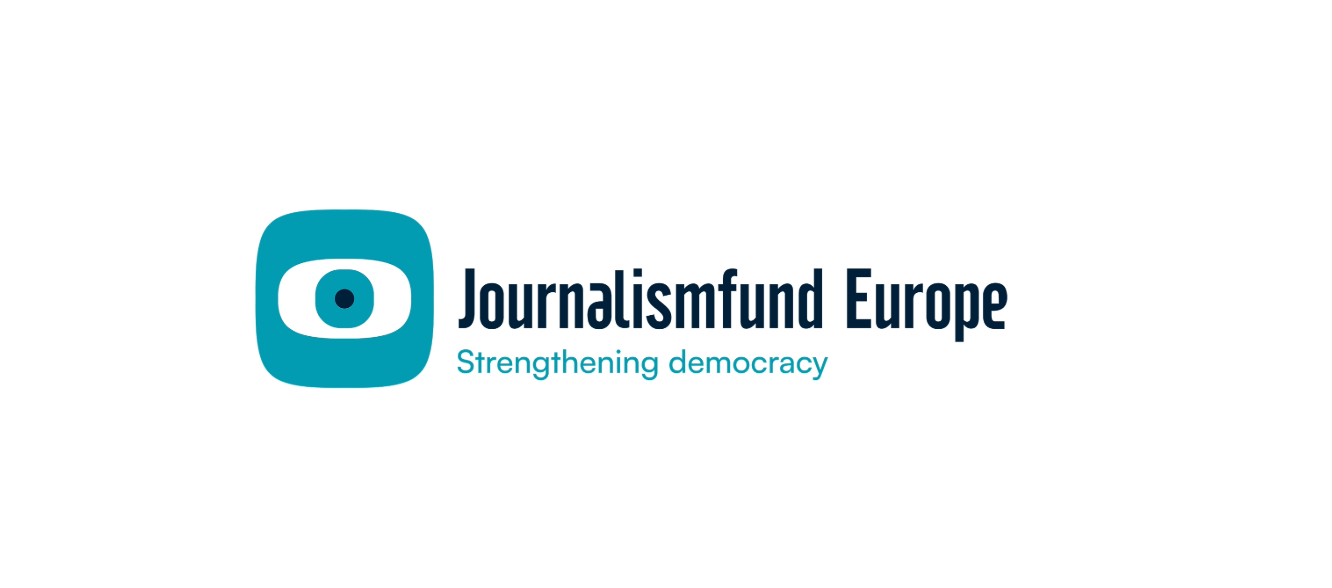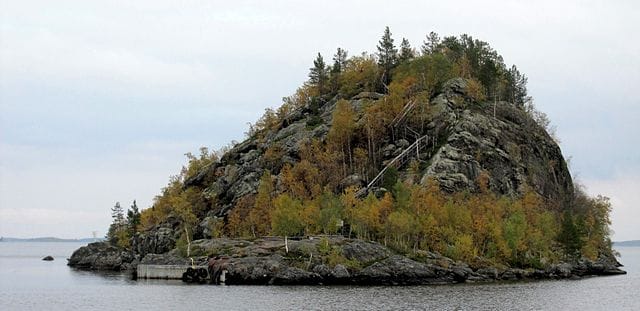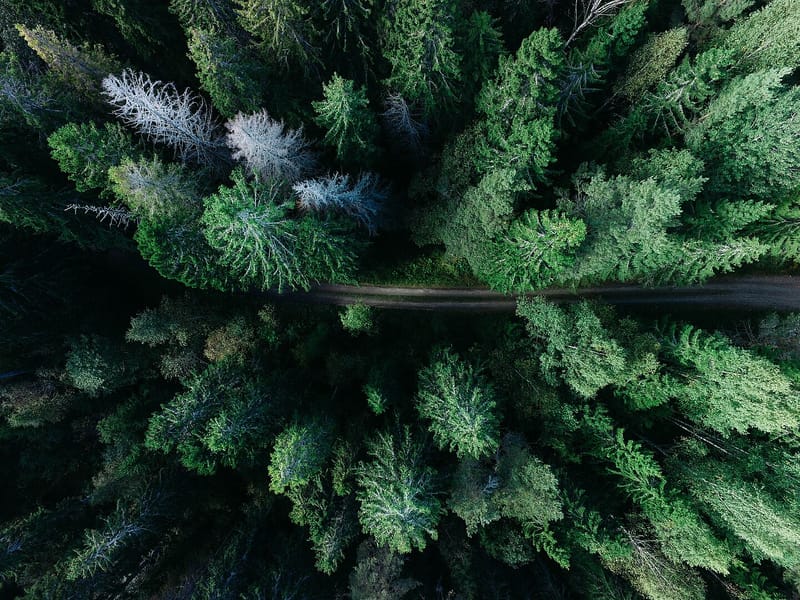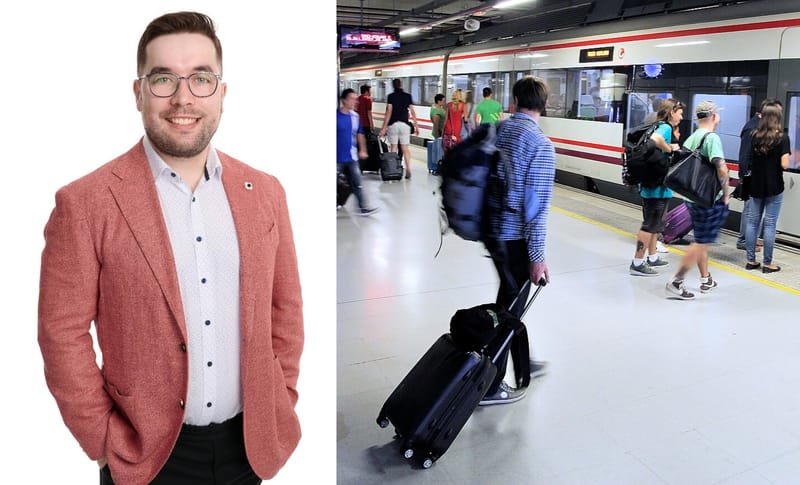Finland Cultural Guide - Part II: Metropolitan Helsinki and central Uusimaa province
After last week’s introduction to Helsinki, the capital of Finland, Verde Voices now takes you to its bustling capital region and central Uusimaa. What shapes life here, what do the people here do? Join us on Part II of the journey!
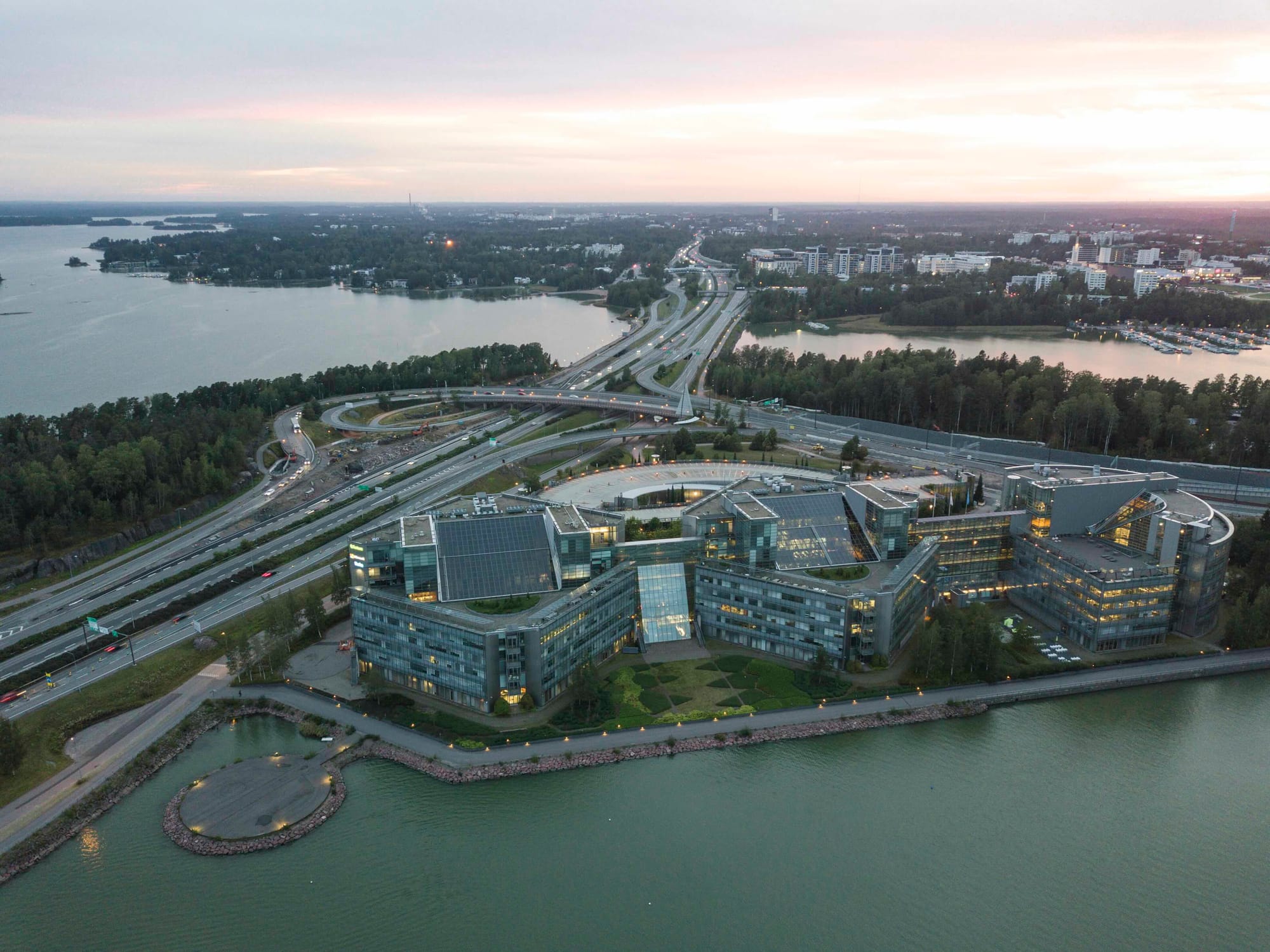
Perttu Rytsölä
Espoo: Tapiola, technology companies, and beautiful coastal path
Vantaa: Down-to-earth, affordable, medieval remnants
Kauniainen: Old villa town
Check out also: Finland Cultural Guide - Part I: Discovering Helsinki
During Finland's demographic shift in the 1960s and 1970s, especially Helsinki's neighboring cities Vantaa and Espoo grew rapidly. People moved from countryside to city and from city to suburb.
Today, Espoo is Finland's second most populous city, but as a city it's young – it only became one in 1972. Espoo grew as a detached house area for people moving from Helsinki and never developed a proper center. When Espoo residents say they're going to town, they mean Helsinki's center.
Espoo identity isn't particularly distinct, but people identify with their neighborhood. Provincial Finns don't distinguish between metropolitan area residents. In elections, Espoo traditionally votes for conservative candidates, but regional variation is large.
Espoo can be divided into southern area around Länsiväylä highway, central Espoo built along the railway, and sparsely populated north. At Länsiväylä's eastern end, architecturally ambitious Tapiola was built – a famous garden city and the city's cultural center.
Tapiola's most interesting offering is modern art museum EMMA in the spaces of an old, modernist printing house. Walking around the area, you see vast lawns and charming low row houses at their edges. Long-declining Tapiola center is reviving after years of renovations.
From Tapiola westward along Länsiväylä are apartment block suburbs like Olari, Matinkylä, Soukka, and Kivenlahti, and endless apartment block carpets in Nöykkiö, Friisilä, and Kaitaa. Long considered a detached house dweller's paradise, Espoo still has many between apartment block areas, though rising prices have put detached house living beyond middle-income earners' reach.
Business and bicycling, and Kauniainen calmness
The most pleasant way to explore southern Espoo is cycling the Espoo coastal path. Along the path are numerous cafés and saunas. At Espoo's far southeastern corner is the beautiful Suvisaaristo nature site.
Around central Espoo's railway are rapidly grown apartment block suburbs like Leppävaara, Kilo, Suvela, and Espoo center. Though Espoo's urban settlement is new, the area has been inhabited since the Stone Age. Historically, the city's most significant site is Espoo's old cathedral with its surroundings in Espoo center. The medieval king's road between Turku and Viipuri passed nearby.
North Espoo is sparsely populated with, for example, the large Nuuksio outdoor area. Nuuksio, with its high cliffs and ponds, is like a piece of wilderness in the middle of Finland's densest area. The name tells of distant history – it means swan in Sami.
Espoo is known for its high living standard and technology companies like Nokia, HP, Oracle, Dell, Lenovo, and quantum computer company IQM Quantum Computers. Other major companies located in the city include elevator company Kone, energy company Fortum, oil company Neste, forest company Metsä Group, pharmaceutical company Orion, and cosmetics company Lumene.
Many companies have settled in Keilaniemi alongside Länsiväylä. In nearby Otaniemi is Aalto University, operating in technology, business, and arts. Otaniemi is a compact student campus with a distinct student culture and famous red brick architecture.
In sports, the city is represented by Kiekko-Espoo in ice hockey, Esport Oilers and Westend Indians in floorball. Major cultural events include music festivals April Jazz and Espoo Wine Festival and cathedral concerts. Espoo Theatre in Tapiola stands out for its international programming.
In popular music, Espoo was at the forefront when rap music arrived in Finland – a culture particularly developed in Olari, and local bars occasionally host gigs. The most famous Espoo band is nonetheless the gone metal greatness Children of Bodom, which took its name from North Espoo's Lake Bodom murder mystery.
Within Espoo lies the metropolitan area's oddity, Kauniainen. Kauniainen is a pre-war built villa town known as Swedish-speaking. When Espoo became a city, it remained independent, maintaining a lower tax rate than the rest of the metropolitan area. Many wealthy people live in the city. For visitors, Kauniainen offers interesting old building stock and natural sites like Kasavuori and Lake Gallträsk. The city's handball club Grankulla IFK plays in the country's top division.
Vantaa takes pride in its down-to-earth nature
North of Helsinki, Vantaa is somewhat more working-class. It can be roughly divided into western detached house areas, eastern multicultural apartment block suburbs, and railway lines bisecting the city. Like Espoo, Vantaa also divides into area centers, and cultural services are often sought in Helsinki.
The most significant area center is Tikkurila, a trading place known and named since medieval times – the name comes from "tikkuri," meaning a bundle of ten squirrel skins. In Tikkurila is Vantaa's main attraction, science center Heureka. Culturally interesting is sculptor Laila Pullinen's sculpture park in Hakunila.
Vantaa's history is recalled by St. Lawrence Church in Helsingin pitäjä, built in the early 1450s. The surrounding well-preserved church village dates from the 18th–19th centuries. The nearby Vantaa River banks are pleasant recreation areas with old manor houses and their cafés. At Kuusijärvi is the metropolitan area's only public smoke sauna. Nearby begins the extensive Sipoonkorpi National Park with its trails and campfire sites.
Vantaa attracts residents with more affordable prices than the rest of the metropolitan area and good connections. Along the railway, apartment block suburbs have been built in places like Myyrmäki, Kivistö, Korso, and Martinlaakso. Older ones were long poorly reputed, but since then new construction has aimed to improve the image. The city has different types of detached house areas: rural Seutula and Kuninkaanmäki, Ylästö is somewhat wealthier, Rekola and Vaarala are traditional middle-class residential areas.
The city is a significant logistics center. The airport employs vast numbers of people, and adjacent Aviapolis has attracted many international companies. Individual major employers include Finnair, paint manufacturer Tikkurila, food industry Fazer, Kesko, logistics company DB Schenker, infrastructure companies Caverion and AFRY, Murata Electronics, atmospheric measuring device manufacturer Vaisala, and newspaper printer Sanoma.
Vantaa has no representation in ball sports' top divisions, but the city has active skiing, combat sports, orienteering, athletics, and cycling activities.
In elections, working-class background candidates traditionally do well in Vantaa. In international Helsinki and wealthy Espoo residents' teasing, Vantaa usually gets the moped role, but its residents themselves hardly care – they feel pride in their city's down-to-earth nature. Perhaps that's why the country's current most beloved artist, Käärijä, comes from the city.
Growing Central Uusimaa
Small towns along the railway
Pristine nature, golden age artists
Machine industry and straightforward culture
Central Uusimaa has rapidly growing small cities like Hyvinkää, Järvenpää, Riihimäki, Kerava, and Tuusula. These areas have good connections to Helsinki by train and road and offer the possibility of living more affordably than in the metropolitan area and close to nature. Culture in Central Uusimaa is agrarian compared to the metropolitan area, but not conservative.
Traditionally, Central Uusimaa was manor and farm country. Many manors today serve as restaurants. The cities' business life is largely industry, machine shops, logistics, and small businesses.
Railways' arrival launched the growth of Järvenpää, Riihimäki, Kerava, and Hyvinkää, founded in the 20th century, while 17th-century Tuusula was left aside. Kerava, on the railway to Lahti, is the smallest in area and largest in population density among the cities.
Kerava has the lively Sinkka Art Museum, now under renovation and re-opening in early 2026, but the biggest crowds have been drawn by so-called demolition art projects – temporary art exhibitions held in spaces designated for demolition. In business, Kerava has the significant Sinebrychoff brewery, construction machinery company Avesco, Snellman's Chef Manor, and kitchen equipment producer Metos.
Pristine nature and golden age artists in Tuusula, Järvenpää, Hyvinkää and Riihimäki
Further north on the same railway is the culturally most interesting area, Lake Tuusula, on whose shores Finnish art's golden age artists, led by Jean Sibelius, moved and built their villas. Today the villas function as home museums. Next to the lake are detached house-dominated Tuusula and apartment block Järvenpää. The artist community's influence shows in many ways in the area.
Järvenpää is also influenced by the Tatar community that moved to Finland at the beginning of the last century and long operated in carpet and tobacco business. Major employers in Järvenpää include industrial Valmet, forklift company Mitsubishi Logisnext, and Lidl Suomi, while in Tuusula there's food company Meira Nova, construction companies Kreate, KFS and Makita, and dental imaging technology developer PaloDEx.
Hyvinkää on the main railway divides on both sides of the tracks. The most popular recreation area, Sveitsinpuisto, extends almost to the center. The park is, as its name (Sveitsi=Switzerland) suggests, rolling terrain. The city is represented in pesäpallo by the renowned Tahko, and the city is the nearest place from Helsinki to watch the national sport at men's top division level. Larger Hyvinkää companies include lifting equipment manufacturer Konecranes, elevator manufacturer Kone, and Hankkija agricultural trade. The city also has Hyria, an educational institute in the field.
Further north on the main railway, Riihimäki grew as a railway junction and from glass and weapons industry. Glass art greats Timo Sarpaneva and Nanny Still once worked in the city, which has a museum in the field. Industrial glass production has declined in the city, but weapons manufacturing is still represented by Sako, and Riihimäki has other activity in the field, such as a hunting museum.
Other present-day major companies include wholesale trade Würth, dairy company Valio, circular economy company NG Nordic, power transmission equipment manufacturer Kumera, and Versowood's sawmill. In sports, Riihimäki is represented by Finland's most successful handball club, Cocks.
Kirkkonummi, Nurmijärvi, and beyond
Many detached house dreamers look for housing from Kirkkonummi beyond the metropolitan area's western border as Espoo prices rise. The municipality indeed has commuter train connection to Helsinki for workers and a short distance to Espoo metro's terminal station Kivenlahti. Kivenlahti also has its own business life, for example, the world's largest cable manufacturer Prysmian.
Kirkkonummi's most important natural site is the rocky Porkkala Peninsula, extending far into the Baltic Sea. Those interested in war history can search Porkkala for traces of the naval base that the Soviet Union leased after winning World War II and stationed tens of thousands of soldiers there. Culturally most interesting is the National Romantic era architects' wilderness studio Hvitträsk.
Further north in the interior is rural Nurmijärvi, culturally-historically best known as national writer Aleksis Kivi's birthplace. Kivi wrote Seven Brothers, which alongside The Unknown Soldier is the other significant novel telling of Finnishness. Kivi's story, who was also a pioneer of Finnish-language literature, tells of brothers who resist compulsory education and flee to the forest. The story continues to receive new adaptations, especially on stage.
In present-day Nurmijärvi, services are concentrated in a few villages. The municipality's business life includes Altia's significant alcohol factory, paint company Teknos, building materials company Ferrometal, machinery trade KH-Koneet Group, biotechnology AB Enzymes Finland, concrete industry Betset Group, and tools company Stén & Co.
Even further north from Nurmijärvi is traditional working-class municipality Karkkila, which industrialized early by Finnish standards in the 1820s when Högfors ironworks was established in the city. The ironworks' history follows Finnish workers' organizational history, and for long it was spoken of as politically Finland's reddest municipality. Since then, foundry operations have declined but not ended. Culturally, Karkkila is above all the home city of internationally successful Kaurismäki film director brothers. The Kaurismäkis run a cinema in the former ironworks premises. In sports, Karkkila is primarily a basketball city.
On Uusimaa's northwestern border, halfway by road to Turku, is the historical town of Lohja, set in beautiful ridge landscape with its compact center by beautiful Lake Lohja. The city has a medieval stone church, and nearby Lohjansaari is popular with cottage dwellers. Lohja has Iron Age ancient fortresses, in medieval times it was a trading place, later livelihood was based on Tytyri lime mine. Today, major employers include electronics contract manufacturer GPV and paper mill in Kirkniemi. Alongside volleyball and other ball sports, Lohja has active motor sports enthusiasm.
In the next part, we'll adventure in Varsinais-Suomi and Häme!
Check out also: Finland Cultural Guide - Part I: Discovering Helsinki
